Easy Technology Programs for Libraries
Easy Technology Programs for Libraries
15 Quick and Popular ProgramsYour Patrons Will Love
David Folmar
Rowman & Littlefield
Lanham Boulder New York London
Published by Rowman & Littlefield
A wholly owned subsidiary of The Rowman & Littlefield Publishing Group, Inc.
4501 Forbes Boulevard, Suite 200, Lanham, Maryland 20706
www.rowman.com
Unit A, Whitacre Mews, 26-34 Stannary Street, London SE11 4AB
Copyright 2017 by Rowman & Littlefield
All rights reserved. No part of this book may be reproduced in any form or by any electronic or mechanical means, including information storage and retrieval systems,without written permission from the publisher, except by a reviewer who may quote passages in a review.
British Library Cataloguing in Publication Information Available
Library of Congress Cataloging-in-Publication Data
Names: Folmar, David, 1969 author.
Title: Easy technology programs for libraries : 15 quick and popular programs your patrons will love / David Folmar.
Description: Lanham : Rowman & Littlefield, [2017] | Includes bibliographical references and index.
Identifiers: LCCN 2017018650 (print) | LCCN 2017040005 (ebook) | ISBN 9781442277502 (electronic) | ISBN 9781442277496 (pbk. : alk. paper)
Subjects: LCSH: Libraries and adult education. | Information technologyStudy and teaching. | Internet literacyStudy and teaching. | Social media. | Online social networks.
Classification: LCC Z718.8 (ebook) | LCC Z718.8 .F65 2017 (print) | DDC 025.5dc23
LC record available at https://lccn.loc.gov/2017018650
 The paper used in this publication meets the minimum requirements of American National Standard for Information SciencesPermanence of Paper for Printed Library Materials, ANSI/NISO Z39.48-1992.
The paper used in this publication meets the minimum requirements of American National Standard for Information SciencesPermanence of Paper for Printed Library Materials, ANSI/NISO Z39.48-1992.
Printed in the United States of America
Preface
Librarians are under pressure to offer computer and technology classes. While there may seem to be plenty of established classes available, these are primarily designed for the beginner or novice user. Few classes go further than teaching elementary job skills or social-media aptitude. After 15 years of libraries and schools offering these classes, most of our patrons know the basics. They need someone to help them learn additional computer skills that will positively affect their lives. However, discovering these skills and learning how to do them takes time. It is time patrons do not have. For librarians, time is spent learning patron needs and vetting websites and applications to fill them; time the general librarian does not have. And not all librarians have had the opportunity to advance their own computer skills much beyond that of their patrons.
For small rural or suburban libraries, this can prove especially problematic. Once a library offers basic classes, there is no way to further develop digital education unless it invests in a more specialized staff member and facilities like maker spaces or dedicated computer labs. While it may seem ideal to invest in these, it competes with budgeting for traditional library services, or takes away from providing the services that the community has come to expect and love.
This book is for those libraries that do not have dedicated staff to offer computer programs beyond introductory classes. It provides 15 step-by-step programs, using free online software, that go beyond the introduction to computer basics, and provides you, the librarian, with all you need for classes that engage your community in the use of computers. The focus of the book is not on job skills, or enterprise software like Word and Access. Instead, it takes an individual users objective and provides a computer-based answer.
The objectives these programs are designed to solve are real-world problems and interests that I have encountered with my patrons, friends, and family. The solutions to these problems are designed around free-to-use shareware, websites, and open source software, in part because the cost is right for a small library program, but also because these programs will enable patrons to solve their problems without new associated costs. Also important is the fact that the premise of Easy Technology Programs is a low-cost-of-entry digital solution to a problem, both in terms of the low financial cost and the low cost in skill and training, and will encourage a deeper digital literacy in your patrons.
Compared to other works on technology classes, the projects are geared toward the average staff skill level, with step-by-step instructions, and are designed to make both the technology and teaching approach easier. While other books may only focus on programs, this book also focuses on the teaching process. All too often librarians are called on to teach, and it is not always comfortable for them to do so. So, the programs give advice on how to teach and how to encourage interaction between patrons. More than a lecture, the programs are workshops for helping patrons successfully explore new possibilities offered by digital technology, together and as a community.
In addition, many books focus on a particular program in the hopes that the librarian has patrons who would find that program to be useful. Instead of teaching a possibly useful skill, this book focuses on library patrons who have a specific project, but cannot afford to hire someone to complete the project for them. The classes will identify patrons needs and teach them where to acquire certain apps, or show them websites and how to use them effectively. For instance, Google Voice can be used to create a virtual office that allows patrons to separate their private from their professional contact information. Or, Sweet Home 3D is a program that can be used by homeowners or contractors to create modifiable layouts of rooms, export images, and make a virtual walkthrough. It is easy to use, free, and helps people visualize home renovations. By encouraging the use of computers for personal activities, we encourage digital literacy.
The basis for this approach is knowing that people who excel in the field of information technology (IT) were often coming to technology because their interest is based on their personal, rather than professional, life. Tech people were not using computers at home because they were good with computers; rather, they were good with computers because they were using them at home. The home use could cover anything from being a computer hobbyist, or an avid video gamer, or even using computers to sell items online. People used computers to meet their needs, and seemed to be successful using them for work as well. The Montessori method, which uses what they call a discovery model, reinforces this premise. In essence, the discovery model suggests that students will learn concepts from working with materials, in this case software and computers, rather than from our traditional top-down model of providing answers.
A perfect example of digital literacy in a negative sense is the digital divide problem. Children in households with computers tend to learn digital skills quicker than children in households where there is no computer. One might think that the problem is not having access to a computer, but schools teach students the digital skills. It is having time to use computers that is the problem. How do you motivate people to use computers? You let them solve their problems on a computer. I give examples of a problem to solve in each program in this book, but I will start with one I dont mention in any of the programs: my own son.
One day, I found my son walking through lines of Java code looking for one syntax error. He had downloaded and remodified a Minecraft mod that he could not get to run correctly. The thought of my son, whom I could barely get to focus for the 20 minutes it takes to clean his room, poring over code for a period of several hours was pretty jarring. Having worked with programmers and done a small amount of programming myself, I knew what a mind-bogglingly boring task this could be. It struck me that the simple fact that he wanted to do this was the powerful motivator. He had ownership of the problem and its solution. I realized that the reason so many children and grandchildren became the domestic IT departments of their families was because kids, and some older adults, started by doing what they wanted to do, not necessarily what they needed to do.
Next page
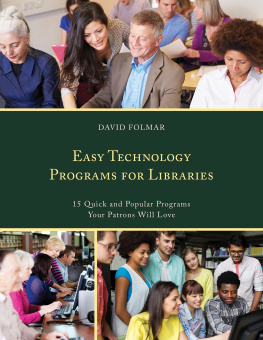


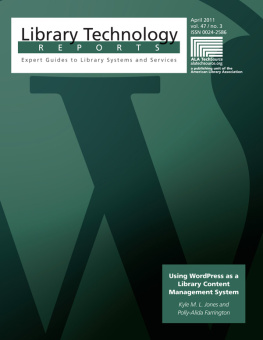
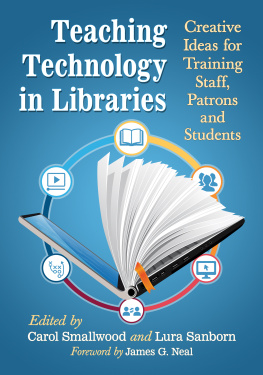
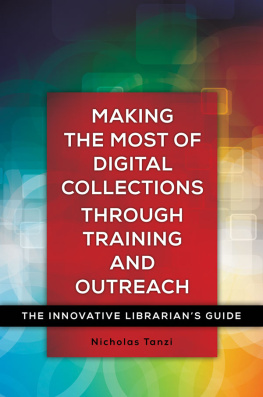
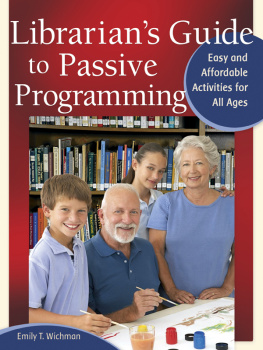

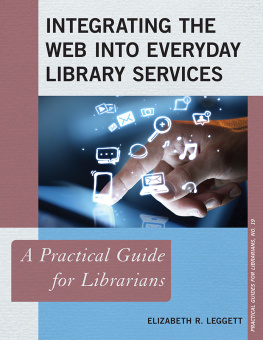


 The paper used in this publication meets the minimum requirements of American National Standard for Information SciencesPermanence of Paper for Printed Library Materials, ANSI/NISO Z39.48-1992.
The paper used in this publication meets the minimum requirements of American National Standard for Information SciencesPermanence of Paper for Printed Library Materials, ANSI/NISO Z39.48-1992.